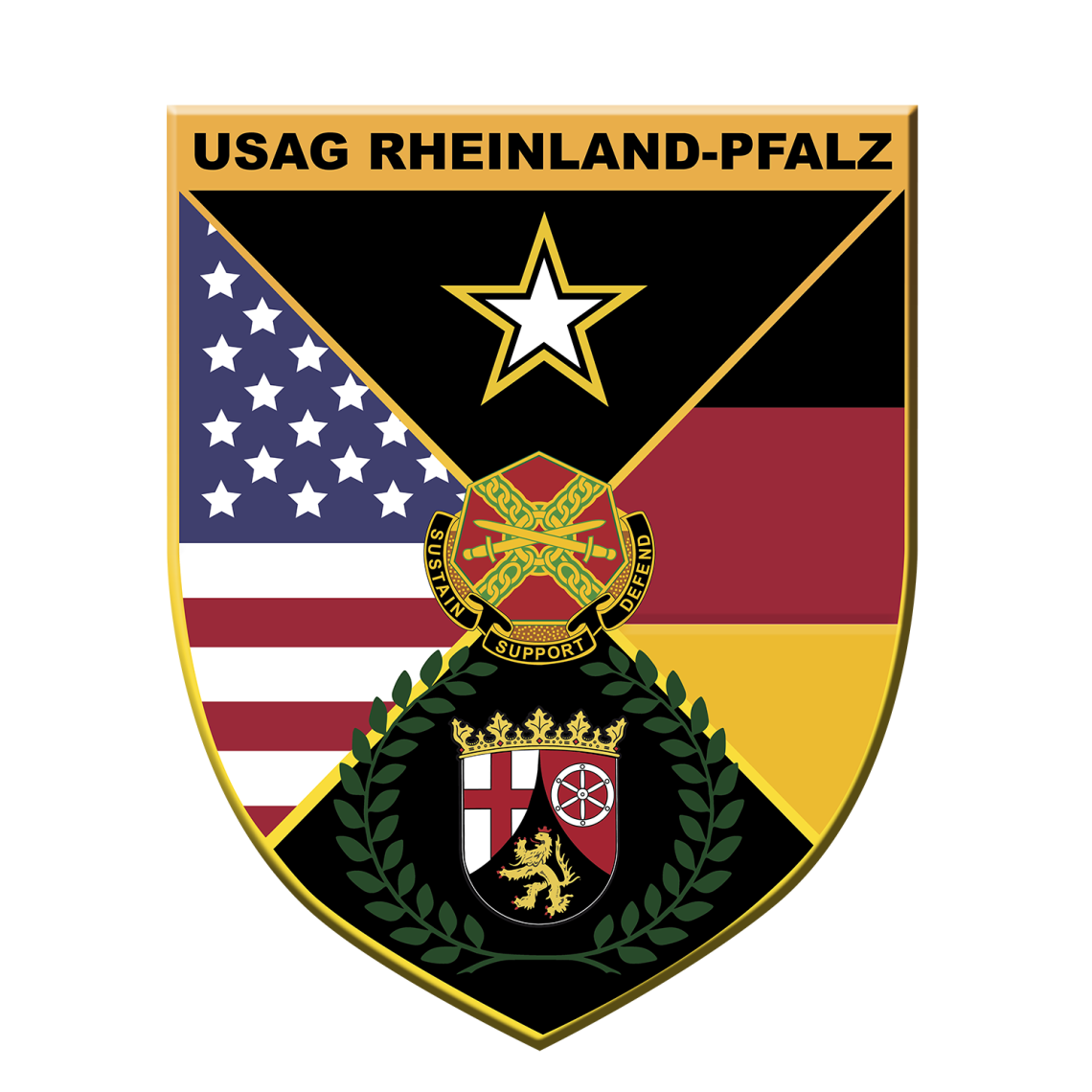U.S. Army Garrison Rheinland-Pfalz conducts routine Legionella bacteria testing in all garrison communities.
Environmental Final Governing Standards for Germany require the annual monitoring of bathroom showers for Legionella bacteria throughout U.S. Army garrisons across Germany to include on-post housing and tenant unit buildings.
Legionella is a type of bacterium found naturally in freshwater environments, like lakes and streams. It can become a health concern when it grows in high concentrations in human-made water systems that can aerosolize from water, such as during use of contaminated shower heads and humidifiers. Water used for cooking and drinking typically does not pose a risk from Legionella.
The 10-minute sampling process requires a contractor from a German-certified testing laboratory to enter a home or office with supervision by the resident or an employee for collection of a hot water sample from the bathroom shower. Samples are sent to the lab with results reported within three weeks. If Legionella is detected above the Environmental Final Governing Standards for Germany action limit, residents will be notified and corrective actions taken immediately by the Directorate of Public Works.
The Environmental Final Governing Standards for Germany are a regulatory directive, aligning both Department of Defense policy and German federal and state regulations, to provide safe water and environmental compliance criteria for all DoD installations.
A notification letter will be issued to residents during the testing period.
Environmental officials with USAG Rheinland-Pfalz note that this sampling is not connected to Installation Management Command Directorate-Europe lead surveys. Collection methods differ for each of these surveys and some buildings may be subject to both.
USAG Rheinland-Pfalz is committed to the health and safety of our Soldiers, family members and workforce. For more information on Legionella and why routine test monitoring is performed, visit the
CDC Legionella Website.
For more information on health effects of exposure to legionella, reach out to your healthcare provider.




